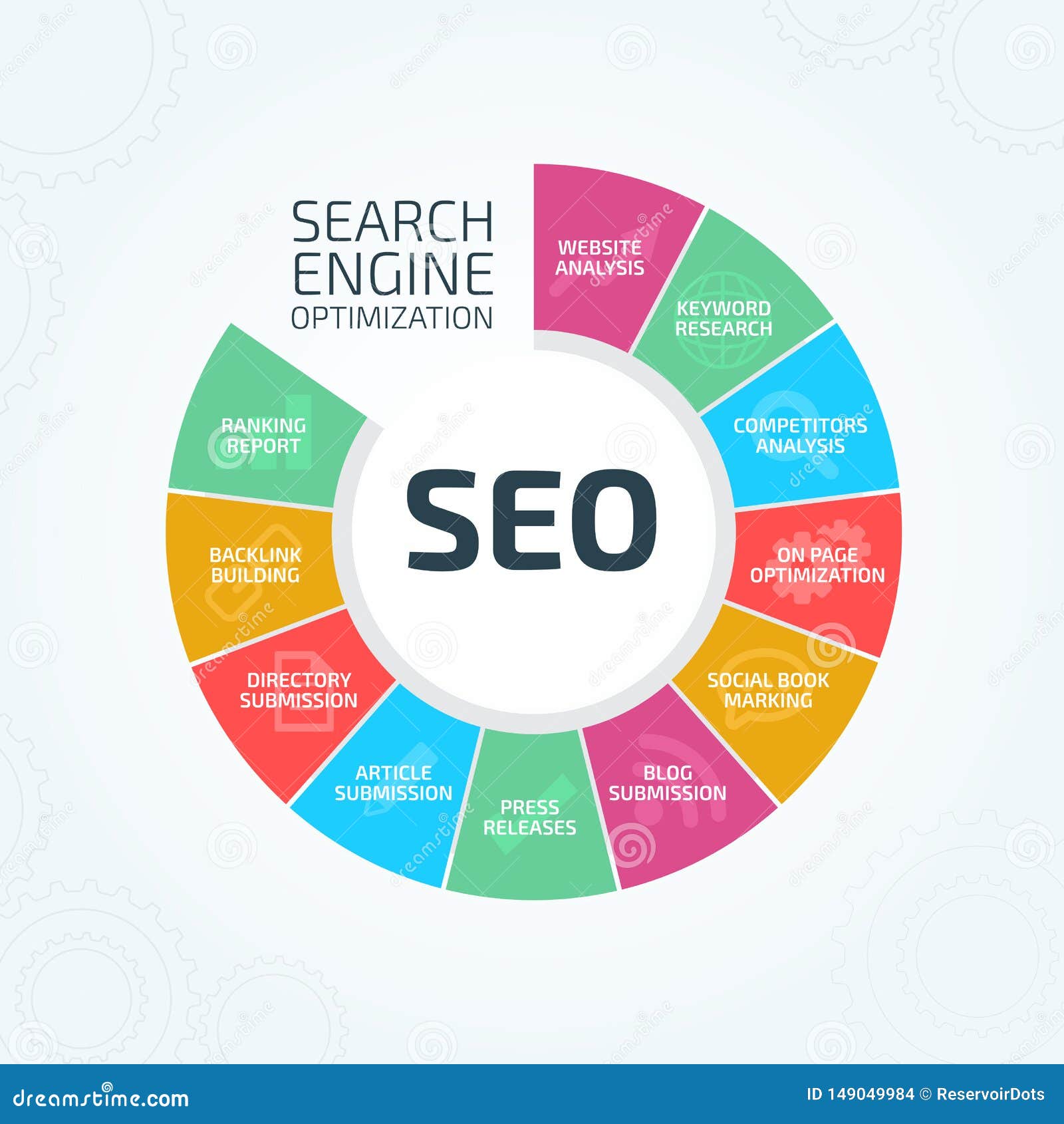
In the ever-evolving world of digital marketing, one thing remains constant: the importance of content structure. As search engines like Google become more sophisticated, they rely heavily on how well your content is organized. This is where subheaders—specifically H2 and H3 tags—come into play.
Subheaders are not just about aesthetics; they’re a powerful tool for improving both user experience and search engine optimization (SEO). By breaking down your content into digestible sections, you make it easier for readers to scan and understand what you’re offering. At the same time, you signal to search engines that your content is well-structured and relevant.
This guide will walk you through the best practices for using H2 and H3 tags to boost your SEO performance. Whether you’re a seasoned marketer or just starting out, understanding how to leverage subheaders can give you a competitive edge in the search results.
What Is Subheaders (H2, H3) and Why It Matters
Subheaders, also known as header tags, are HTML elements used to structure content on a webpage. The most common ones are H1, H2, H3, and so on, with each tag representing a different level of importance. H1 is typically reserved for the main title of the page, while H2 and H3 are used for subheadings that break up the content into logical sections.
From an SEO perspective, subheaders are crucial because they help search engines understand the hierarchy and relevance of your content. When properly optimized, these tags can improve your chances of appearing in featured snippets, which often appear above the first organic result on the search engine results page (SERP).
Moreover, users tend to scan web pages rather than read them word by word. A well-structured article with clear subheaders makes it easier for readers to find the information they need quickly. This improves engagement metrics like dwell time and reduces bounce rates, both of which are important ranking factors.
How Subheaders (H2, H3) Impact SEO Performance
Subheaders directly influence several key SEO metrics:
- Search Visibility: Properly structured subheaders help search engines identify the main topics of your content, increasing the likelihood that your page will rank for relevant keywords.
- User Engagement: Clear and descriptive subheaders encourage readers to stay on your page longer, which signals to Google that your content is valuable.
- Featured Snippets: Content that’s well-organized with subheaders has a better chance of being selected for featured snippets, giving you an extra spot on the SERP.
- Mobile Optimization: With Google prioritizing mobile-first indexing, subheaders make content more scannable on smaller screens, improving the overall user experience.
For example, if you’re writing a blog post about “How to Start a Blog,” using H2 tags like “Choose a Niche” and “Select a Hosting Provider” helps both users and search engines understand the flow of your content. Adding H3 tags under those headings, such as “Research Your Audience” or “Compare Hosting Plans,” further breaks down the information into manageable chunks.
Step-by-Step Implementation Framework
To effectively use H2 and H3 tags for SEO, follow this actionable framework:
1. Define or Audit the Current Situation
Before making any changes, evaluate your existing content. Look at the structure of your current pages and ask:
– Are there clear H1, H2, and H3 tags?
– Do the subheaders align with the main topic of the page?
– Is the content easy to scan?
Use tools like Screaming Frog or Ahrefs to audit your site’s header structure and identify areas for improvement.
2. Apply Tools, Methods, or Tactics
Once you’ve identified gaps, start optimizing your content. Here are some effective tactics:
– Use H1 for the main title: Ensure your H1 tag includes your primary keyword and accurately reflects the content of the page.
– Use H2 for major sections: These should cover the main topics discussed in your content. For example, in a guide on “How to Improve SEO,” H2s might include “On-Page SEO,” “Content Quality,” and “Backlink Building.”
– Use H3 for subsections: These should provide more detailed insights within each H2 section. Under “On-Page SEO,” you could have H3s like “Optimize Title Tags” or “Use Header Tags Effectively.”
Avoid overusing H2 and H3 tags. Too many can dilute their impact and confuse both users and search engines.
3. Measure, Analyze, and Optimize
After implementing your subheaders, monitor the performance of your content using tools like Google Analytics and Search Console. Track metrics such as:
– Bounce rate
– Average session duration
– Click-through rate (CTR) from SERPs
– Featured snippet rankings
If certain pages aren’t performing well, revisit your subheader strategy. Consider A/B testing different structures to see what resonates best with your audience.
Real or Hypothetical Case Study
Let’s take a look at a hypothetical case study to illustrate the impact of subheaders on SEO performance.
Scenario: A small e-commerce business sells eco-friendly products. They launched a blog post titled “5 Ways to Live a Sustainable Lifestyle.”
Before Optimization:
– The blog had no clear subheaders.
– The content was a long paragraph without any structure.
– Bounce rate: 65%
– Average session duration: 1 minute
After Optimization:
– Added H2 tags for each of the five tips.
– Used H3 tags to elaborate on each tip.
– Improved readability and user engagement.
Results:
– Bounce rate dropped to 40%
– Average session duration increased to 3 minutes
– The post ranked for the target keyword “sustainable lifestyle tips”
– Featured in a Google featured snippet for the query
This case study shows how even a simple change in subheader structure can lead to significant improvements in both user engagement and search visibility.
Tools and Techniques for Subheaders (H2, H3)
Here are some modern tools that can help you optimize your subheaders for SEO:
- SurferSEO – A powerful content optimization tool that analyzes top-ranking pages and suggests the best subheader structure for your content.
- Ahrefs – Offers keyword research and content analysis features that can help you identify the right subheaders for your target keywords.
- Yoast SEO – A WordPress plugin that provides real-time feedback on your content, including suggestions for header tags.
- Grammarly – Helps ensure your subheaders are grammatically correct and engaging.
- Google Search Console – Provides insights into how Google sees your content, including crawl errors and indexing issues.
These tools can streamline the process of creating and optimizing subheaders, saving you time and improving your SEO outcomes.
Future Trends and AI Implications
As AI continues to shape the future of SEO, the role of subheaders is likely to evolve. With advancements in natural language processing (NLP), search engines will become even better at understanding the context and structure of your content.
Voice search and multimodal search are also gaining traction. In this environment, clear and well-structured subheaders will be even more critical for ensuring your content is easily discoverable and accessible.
One actionable insight for staying ahead is to focus on semantic SEO. This means using subheaders that not only include keywords but also reflect the intent behind the search. For example, instead of just using “how to write a blog post,” consider subheaders like “Create a Compelling Introduction” or “Optimize Your Content for Readability.”
By adapting to these trends, you can ensure your content remains relevant and visible in the ever-changing SEO landscape.
Key Takeaways
- Use H1 for the main title and ensure it includes your primary keyword.
- Use H2 for major sections to organize your content logically.
- Use H3 for subsections to provide deeper insights within each H2 section.
- Avoid overusing subheaders to maintain clarity and avoid diluting their impact.
- Monitor performance using tools like Google Analytics and Search Console.
- Stay ahead of trends by focusing on semantic SEO and user intent.
By following these best practices, you’ll not only improve your SEO performance but also create a better experience for your readers.
Meta Title: How to Use Subheaders (H2, H3) to Boost SEO
Meta Description: Learn how to use H2 and H3 tags to improve your SEO, enhance user experience, and increase your search visibility.
SEO Tags (5): SEO Tips, Header Tags, On-Page SEO, Content Structure, Subheader Optimization
Internal Link Suggestions:
– [Parameter #3]: On-Page SEO Tactics
– [Parameter #7]: Content Quality and User Engagement
– [Parameter #11]: Featured Snippets and SEO
External Source Suggestions:
– https://www.searchenginejournal.com
– https://moz.com
– https://ahrefs.com








